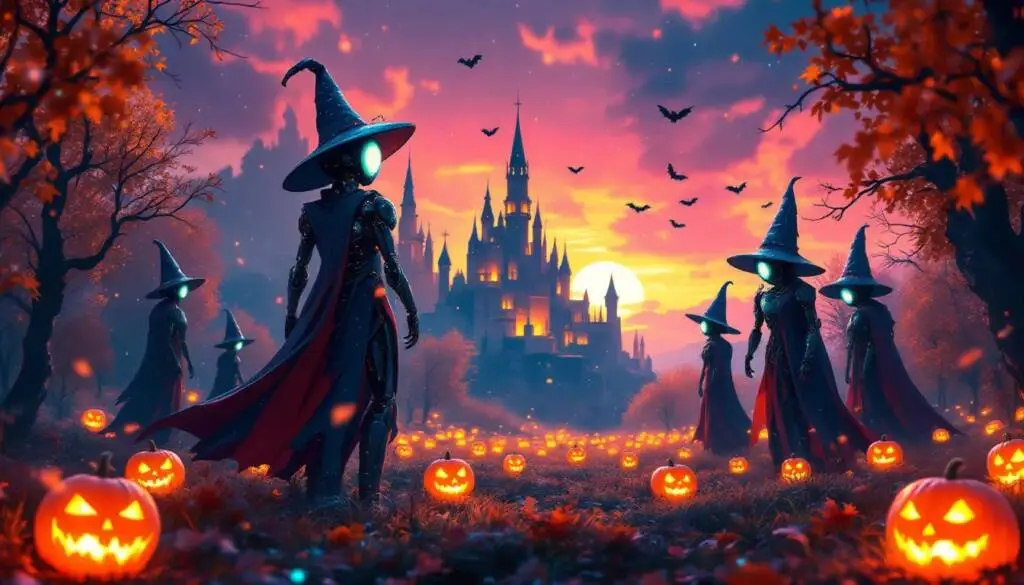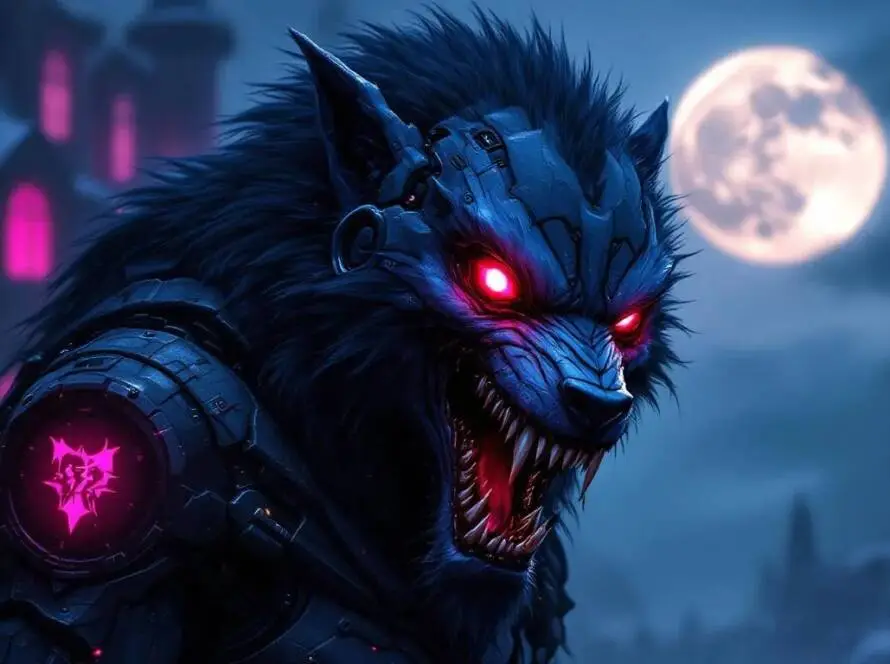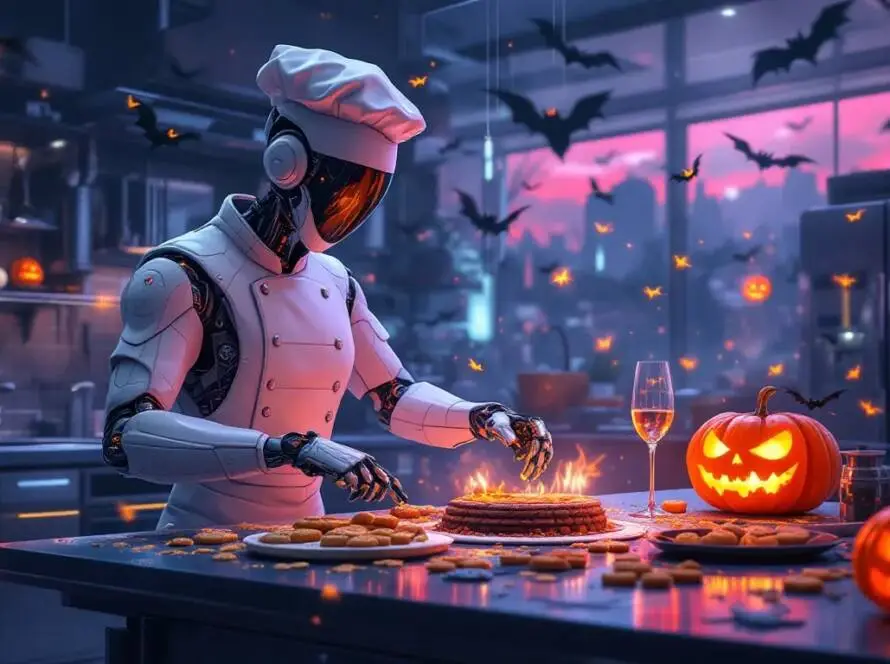The Connection Between Halloween and Samhain
The relationship between Halloween and the ancient Celtic festival of Samhain is rich and multifaceted, intertwining historical, cultural, and religious dimensions that influence our modern celebrations.
Historical Background of Samhain
Celtic Calendar: Samhain was one of the four major Gaelic festivals, alongside Imbolc, Beltane, and Lughnasadh. Celebrated on the night of October 31st, it marked the transition from the harvest season to winter. The Celts regarded this time as a liminal period when the veil between the physical and spirit worlds was at its thinnest, making it easier for spirits to cross over.
Spiritual Beliefs: During Samhain, the Celts believed that the spirits of the deceased could return to the living world. This profound belief led to various customs aimed at honoring and appeasing these spirits. Families would set places at their tables for deceased relatives and leave food offerings outside their homes to prevent malevolent spirits from causing harm.
Bonfires and Rituals: Bonfires played a central role in Samhain celebrations. They were lit to honor the dead, providing both light and warmth as winter approached. Community members would gather around these fires, engaging in rituals to ensure a good harvest the following year. Some traditions included divination practices in which participants sought to predict their futures.
Transition to Halloween
Christian Influence: As Christianity spread throughout Celtic regions, the church sought to replace pagan festivals with Christian observances. In the 8th century, Pope Gregory III established November 1st as All Saints’ Day to honor saints and martyrs. Consequently, the evening before—October 31st—became known as All Hallows’ Eve, which eventually morphed into Halloween.
Cultural Syncretism: Many customs from Samhain were absorbed into Halloween festivities. For instance, the tradition of wearing costumes can be traced back to the Celts, who donned disguises to confuse malevolent spirits. The practice of lighting candles and lanterns to guide spirits home also has deep roots in Samhain traditions.
Modern Halloween Traditions
Trick-or-Treating: This popular Halloween activity has its origins in the medieval practice of “souling,” in which the poor went door-to-door on All Hallows’ Eve, offering prayers for the dead in exchange for food. Over time, this evolved into the contemporary practice of children dressing up in costumes and asking for candy.
Costumes and Decorations: Today, Halloween is characterized by elaborate costumes, decorations, and themed parties. The imagery associated with Halloween—such as ghosts, witches, and pumpkins—reflects its historical ties to Samhain and the supernatural themes woven into its narrative.
Haunted Attractions: Visiting haunted houses and attractions has become a staple of modern Halloween celebrations. These experiences often draw on folklore and ghost stories, echoing the ancient beliefs surrounding Samhain, keeping alive the spirit of honoring the past.
Cultural Variations: While Halloween is widely celebrated in the United States and other Western countries, similar festivals occur worldwide. For example, in early November, Mexico honors its deceased loved ones with Día de los Muertos (Day of the Dead), featuring altars, offerings, and festive activities focused on remembrance and celebration.
Conclusion
The evolution of Halloween from the ancient Celtic festival of Samhain to today’s modern celebration reflects a blend of cultural, religious, and social influences. Although many original meanings and practices have transformed over time, the essence of honoring the dead and celebrating seasonal transitions endures as a core aspect of Halloween. This festival continues to serve as a time for community, creativity, and a hint of the supernatural, connecting us to our historical roots while encouraging new traditions and connections.
Disclaimer:
The information provided in this blog is for informational purposes only and should not be considered professional advice. While we strive to provide accurate and up-to-date information, we make no guarantees about the completeness or reliability of the content. Any actions you take based on the information in this blog are at your own risk. Additionally, this blog may contain affiliate links, and we may earn a commission from purchases made through those links.



